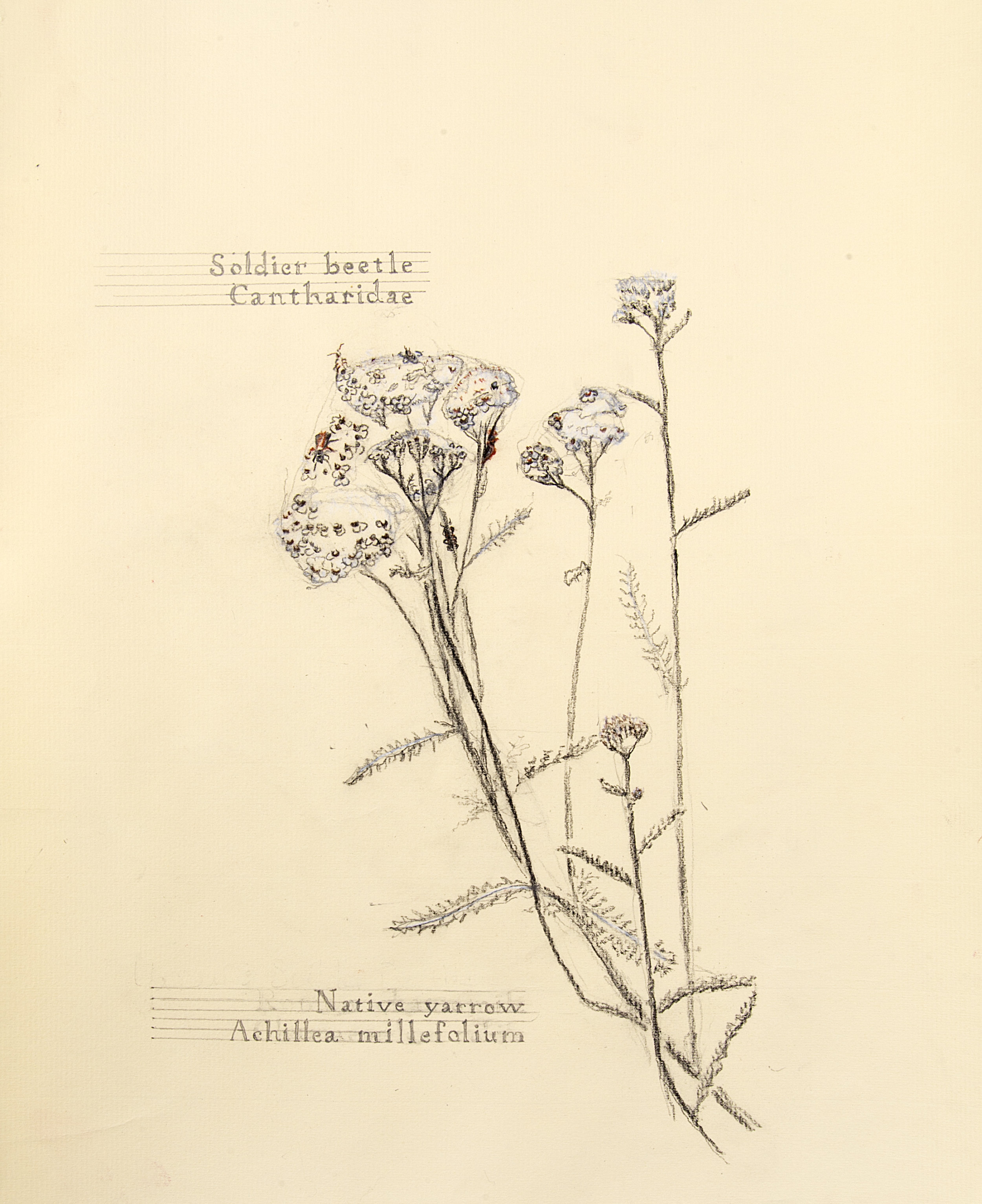









In reading a book about pollinators, The Forgotten Pollinators, I was reminded of the relationship of blooms and bees; one that is most likely invisible to our busy lifestyles. The author begins: “It is late fall – nearly winter solstice- but because the day is sunny, it is not too late to find a yellow and black bumblebee working one of the last blooms in our garden this year. It alights on a wand-like branch of a desert fairy duster….It is there to gather nectar, a sweet liquid diet that is increasingly scarce at this time of year. And yet, from the flower’s perspective, the bumblebee itself is a scarce resource; it has produced plenty of nectar and pollen, but until that creature landed in its midst, its own reproduction was in no way assured.”